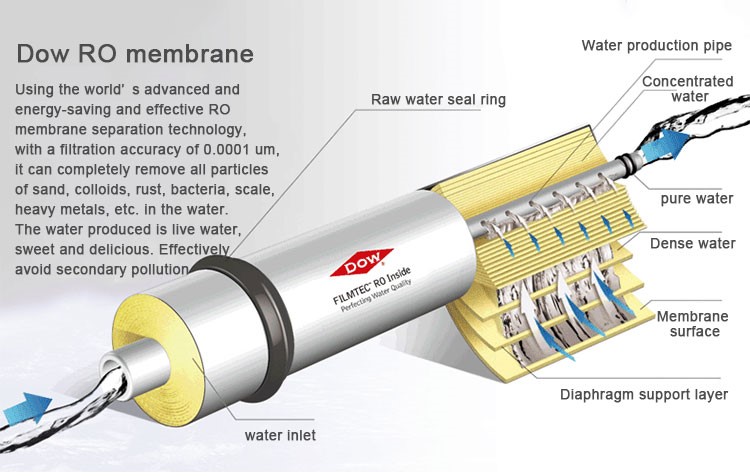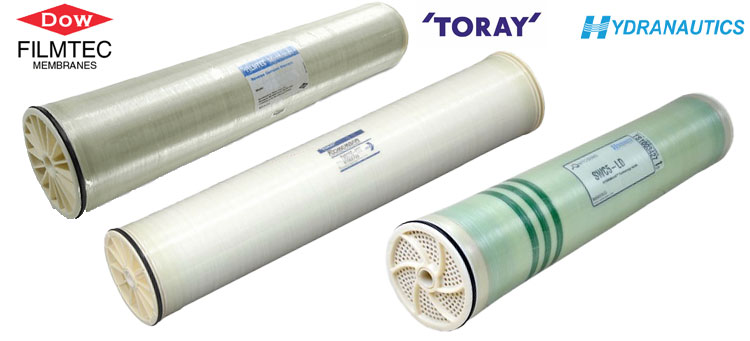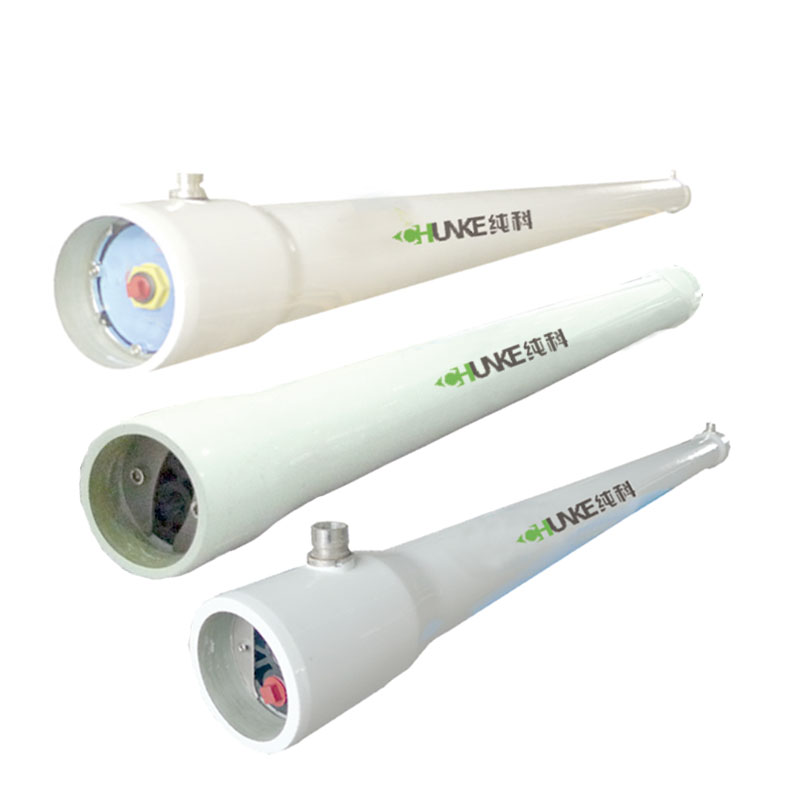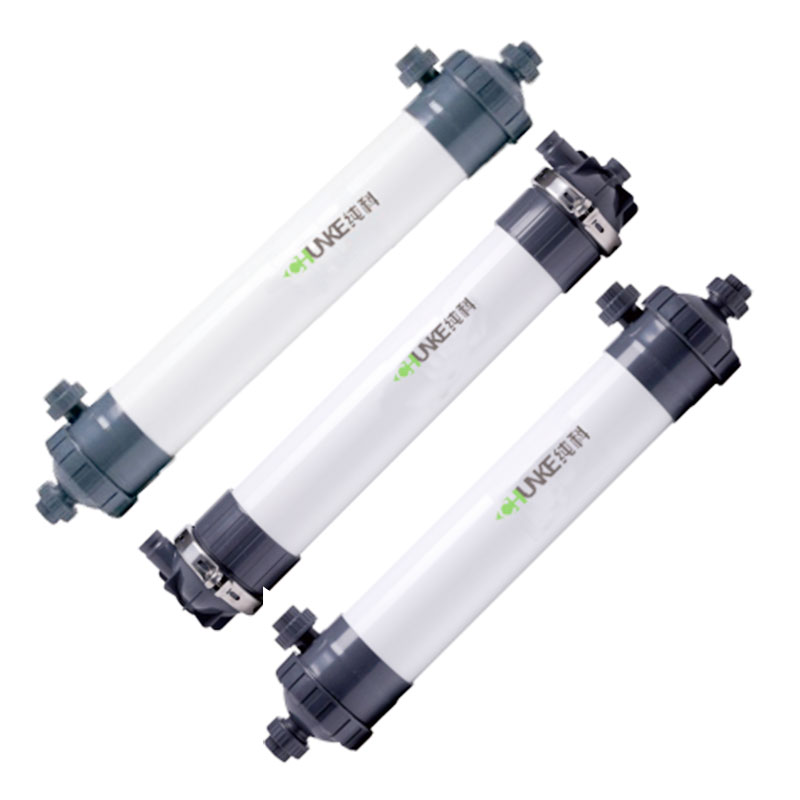How often should I replace my RO membrane? How much does it cost?
As a highly efficient water purification technology, the reverse osmosis (RO) system is widely used in homes, businesses, and industries. As the core component of the RO system, the performance of the reverse osmosis membrane directly affects the quality of water produced and the efficiency of the system.
So, how often should the reverse osmosis membrane be replaced? How much does it cost to replace it? This article will explore this issue in depth to help users better maintain and manage the reverse osmosis system.

What is the role of the reverse osmosis membrane?
The role of the reverse osmosis membrane:
The reverse osmosis membrane is a polymer membrane with selective permeability. It can effectively remove impurities such as dissolved salts, particulate matter, organic matter, bacteria and viruses in water, and produce high-purity drinking water or industrial water. The pore size of the reverse osmosis membrane is very small, generally around 0.0001 microns, which enables it to intercept most pollutants.
How does the reverse osmosis membrane work?
The reverse osmosis process is a physical process driven by pressure. Under the action of a high-pressure pump, raw water (such as tap water or groundwater) is pressed into the reverse osmosis membrane assembly. Through the selective permeability of the semipermeable membrane, water molecules pass through the membrane into the water production side, while dissolved salts and impurities are retained on the concentrated water side and discharged with the wastewater. The performance and life of the reverse osmosis membrane directly affect the water purification effect and operating cost of the entire system.

How long is the replacement cycle of the reverse osmosis membrane?
The replacement cycle of the reverse osmosis membrane is affected by many factors, mainly including:
● Raw water quality: The concentration, hardness and chemical composition of pollutants in the raw water will affect the pollution rate and scaling degree of the membrane.
● Pretreatment system: The effect of the pretreatment system is crucial to extending the life of the reverse osmosis membrane. Good pretreatment can remove most impurities and reduce the burden on the membrane.
● Operating conditions: The operating conditions such as the operating pressure, flow rate and temperature of the system will also affect the life of the membrane.
● Maintenance: Regular cleaning and maintenance can effectively extend the service life of the membrane and prevent the accumulation of pollutants and scaling.
Common replacement cycles:
Under normal circumstances, the replacement cycle of household reverse osmosis membranes is generally 2 to 3 years; the replacement cycle of commercial and industrial membranes is 1 to 2 years. However, this is only a reference value, and the specific replacement time needs to be determined based on actual usage and regular test results.
How to determine the timing of reverse osmosis membrane replacement?
Users can use the following methods to determine whether the reverse osmosis membrane needs to be replaced:
● Decreased water production: If the water production of the reverse osmosis system decreases significantly, it means that the membrane may be contaminated or scaled and needs to be replaced.
● Decreased water quality: Regularly test the TDS value (total dissolved solids) of the produced water. If the TDS value of the produced water increases significantly, it means that the filtration effect of the membrane is weakened and needs to be replaced.
● Increased operating pressure: If the operating pressure of the system increases significantly, it means that the resistance of the membrane increases, which may be caused by contamination or scaling and needs to be replaced.

What is the replacement cost of reverse osmosis membranes?
1. Types and prices of membranes:
The prices of reverse osmosis membranes vary greatly depending on the application field and technical parameters. Common household reverse osmosis membranes cost between $30 and $100, while commercial and industrial membranes cost between $200 and $1,000 or even higher.
2. Composition of replacement costs:
The cost of replacing a reverse osmosis membrane includes not only the purchase cost of the membrane, but also the installation and commissioning costs. If the user chooses to replace it by himself, the installation cost can be saved, but certain technical knowledge and operating skills are required. If a professional technician is selected for replacement, the installation cost is generally between $50 and $200, and the specific cost varies depending on the region and service provider.
3. Long-term cost analysis:
Although the replacement cost of reverse osmosis membranes is high, they play a significant role in improving water quality and health protection. Through regular replacement and maintenance, the system can be ensured to operate stably for a long time, provide high-quality pure water, and avoid health risks and equipment damage caused by water quality problems.

Conclusion
As the core component of the reverse osmosis system, the replacement cycle and replacement cost of reverse osmosis membranes are the focus of users' attention. Generally speaking, the replacement cycle of household reverse osmosis membranes is 2 to 3 years, and the replacement cycle of commercial and industrial membranes is 1 to 2 years.
The replacement cost varies depending on the type of membrane and the application area. The price of household membranes ranges from $30 to $100, while the price of commercial and industrial membranes ranges from $200 to more than $1,000.
In the future, with the continuous advancement of technology and the development of material science, the performance of reverse osmosis membranes will be further improved, the service life will be extended, and the replacement cost is expected to be reduced. Users should reasonably formulate maintenance and replacement plans based on actual usage to ensure the efficient operation of the reverse osmosis system and provide reliable protection for household and industrial water.




